Fix: Chrome Incognito Missing
When Chrome’s Incognito mode is unavailable, it means private browsing is disabled, and the shortcut (Ctrl+Shift+N) doesn’t work. This typically happens because the Incognito feature is turned off in the browser settings or by system policies.
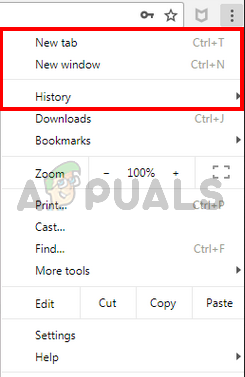
The main reason is usually a change in the registry’s IncognitoModeAvailability key, often due to administrative rules or third-party software. Other causes might include browser extensions, security tools, or damaged user profiles.
Now that you know the causes, let’s discuss the solutions.
1. Disable Extensions
Some browser extensions, particularly those for privacy or blocking tracking, can affect Chrome’s Incognito mode. Disabling these extensions can resolve such conflicts and restore the browser to its default state, allowing Incognito mode to function properly.
- Open Google Chrome.
- Enter chrome://extensions/ in the address bar and press Enter.

- On the extensions page, click Remove or toggle off the switch to disable each extension. Do this for all listed extensions.
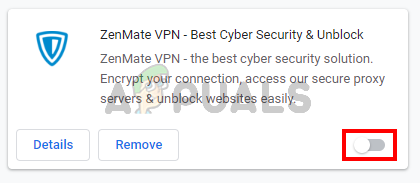
2. Reset Settings
Resetting Chrome to its default settings can fix issues disabling Incognito mode by undoing changes from extensions or settings, without affecting passwords or bookmarks.
- Launch Google Chrome.
- Click the 3 dots in the top right corner.
- Select Settings.

- Scroll down and click Advanced.

- Under Reset and clean up, click Restore settings to their original defaults.

- Select Reset settings.
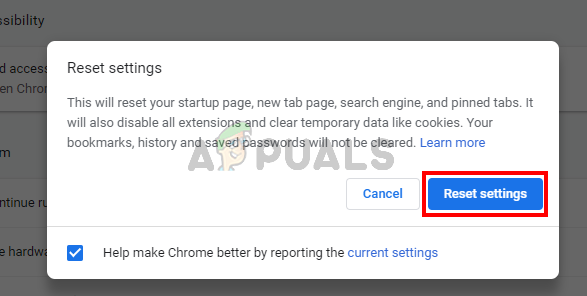
- Reboot the browser. The thumbnails should now display correctly.
3. Reset the IncognitoModeAvailability Key
To enable Incognito mode in Chrome, you can tweak the registry by resetting the IncognitoModeAvailability key. This action removes any restrictions and restores the default private browsing feature.
- Press Windows key + R to open the Run dialog.
- Type regedit and hit Enter.
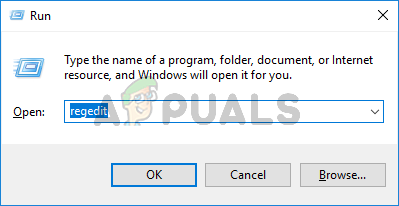
- Navigate to: HKEY_Local_Machine\SOFTWARE\Policies\Google\Chrome.
Note: If Google or Chrome keys don’t exist, right-click the previous key (e.g., Policies) > New > Key to create them. - Find or create IncognitoModeAvailability in the right pane (right-click > New > DWORD (32-bit) Value if absent).
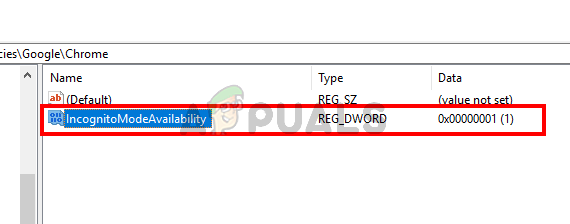
- Double-click it and set the value to 0 to enable Incognito mode, then click OK.
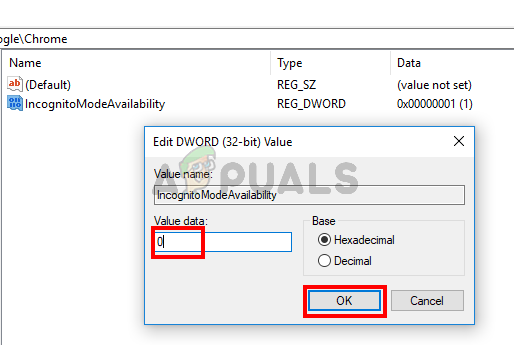
- Check that Incognito mode is now available in Chrome.
- If it does not work, change the value to 2 to force Incognito mode.





